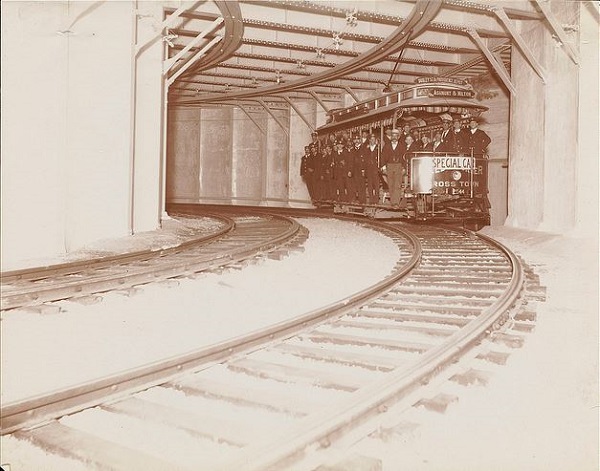F-Line to Dudley
Senior Member
- Joined
- Nov 2, 2010
- Messages
- 9,562
- Reaction score
- 10,472
"the obsession with union rules" is simply that I have done work for MassDOT and have several friends who currently work for MassDOT and the MBTA and the reoccurring theme I hear from everyone is "well we would like to do that, but bureaucracy and obscure rules and laws"
And it's definitely not unfounded. Look at Britain. The change to drivers operating the doors and conductors only checking tickets has caused four years of strikes and shows no sign of stopping. No pay changes, no nothing, simply having drivers control doors instead of conductors. Meanwhile automatic trains on the underground has faced years of opposition and strikes, although is slowly happening anyway.
Except...this is not Britain. This is a place where the guard law already got struck down without a fight, and where PoP has not been challenged at any serious level and with it now being much too late for them to begin doing so.
Your past work with MassDOT and management spin heard about why management is justifying not doing something does not jibe with facts or timeline on the ground that there's a grave-threat union challenge underway. The evidence doesn't add up.
Show some evidence if you're going to claim this so resolutely...not garbage comparisons from a country of wildly different labor laws.







